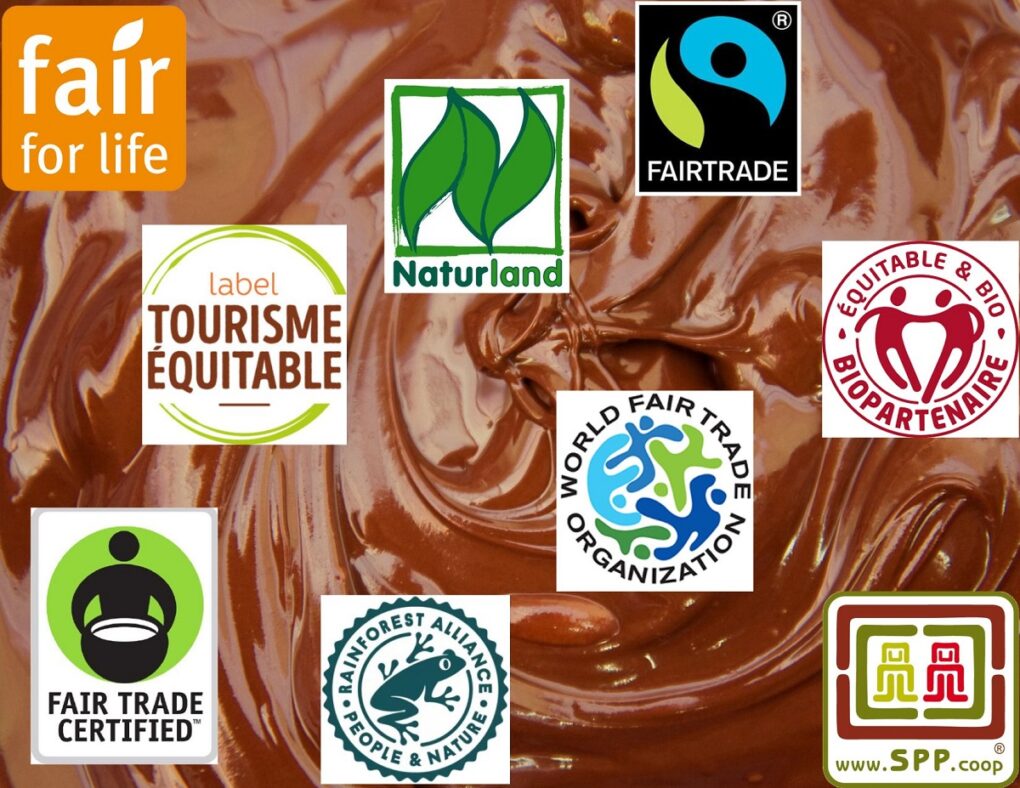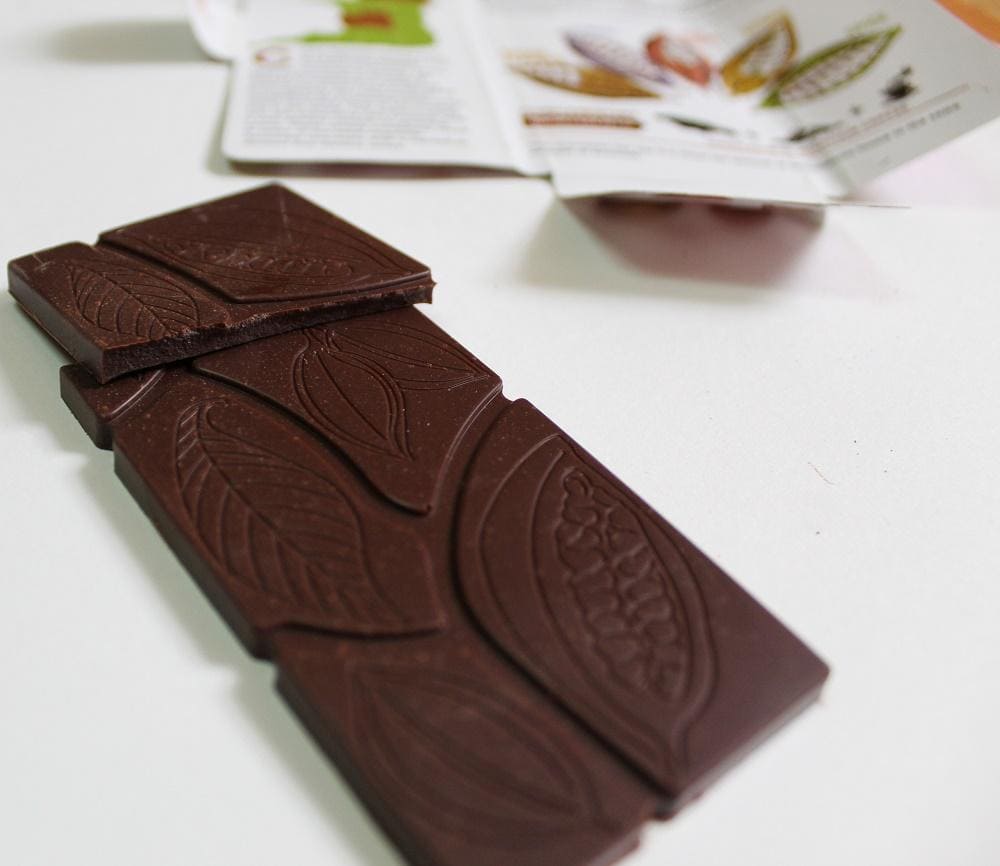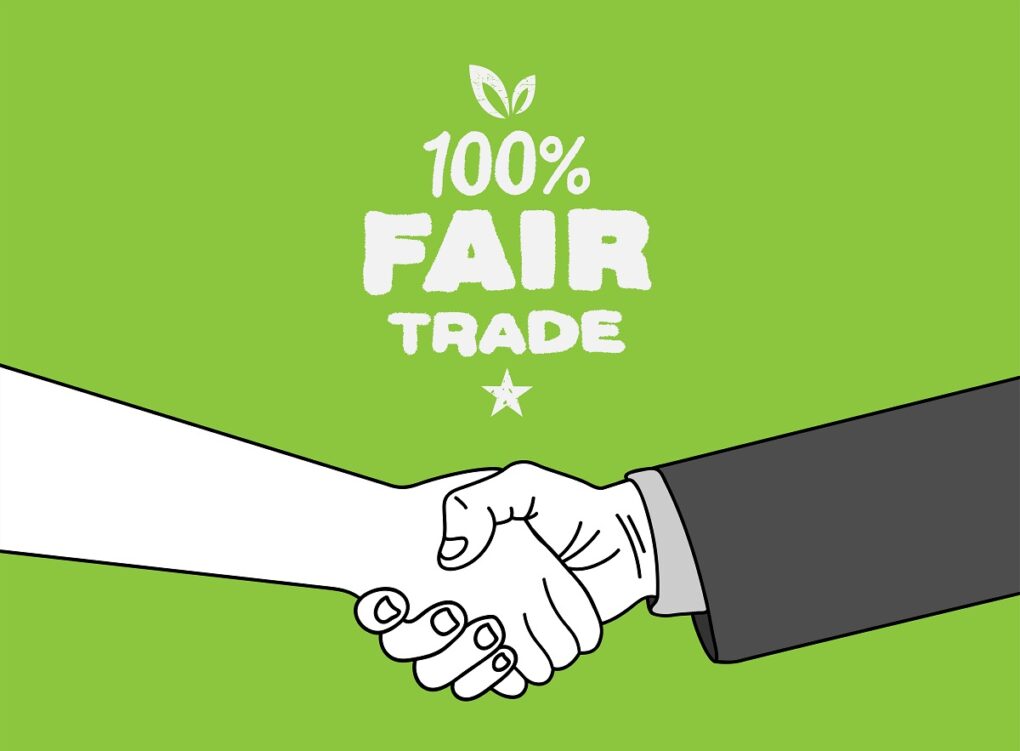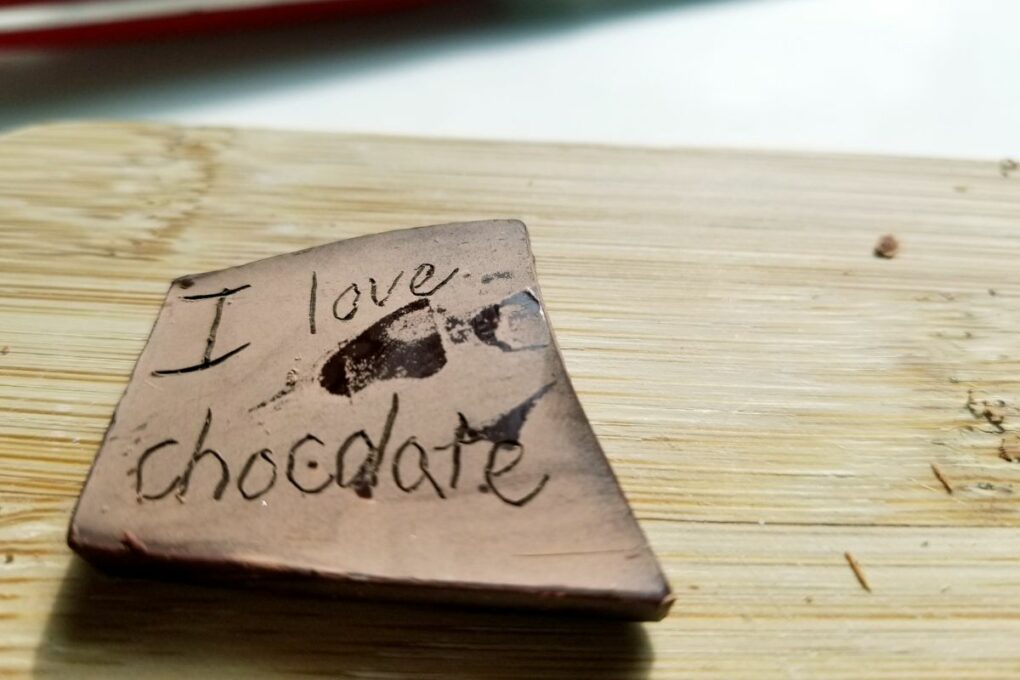Fair trade as a movement has a long history, and it didn't actually start with Fair Trade cocoa or any other food product. In fact, it started with the roots of what would become the handicrafts shop Ten Thousand Villages.
The concept dates as far back as 1946, when Edna Ruth Byler started to sell crafts sourced from a women’s sewing group in Puerto Rico to friends and neighbors in the United States. Over the following years, the ideals of this movement gained traction in Europe, spreading into other industries. This lead to the duplication of Edna's business model throughout the 1960's, generally aimed at empowering marginalized groups.

Jump To
- 1960’s: United Nations Conference on Trade & Development (UNCTAD)
- 1980’s: Max Havelaar Label
- 1992: TransFair International (TFI), Fairtrade Foundation (FtF)
- 1994: First Fairtrade Product is Chocolate (Maya Gold)
- 1997: Fairtrade Labeling Organizations International (FLO)
- 2002: New Fairtrade Mark
- 2003: Establishing FLOCERT
- 2011: Partner Withdrawals
- 2011-2014: Updates & Amendments
- 2019-2020: Increased Fairtrade Premiums
1960’s: United Nations Conference on Trade & Development (UNCTAD)
In 1968 the Generalized System of Preferences (GSP), a system of preferential tariffs (import taxes), was discussed among attending countries at the UN. Their overarching aim was to lessen import taxes on the goods produced by developing countries. At this time, the slogan "Trade not Aid" was adopted to emphasize the establishment of fair trade relations.
The GSP programs were meant to be generalized, to avoid preferential treatment between allied nations. However the results were mixed, due in no small part to the generalized wording of the agreement. For example, simple manufactured goods, that tend to be key export products of poorer nations, were excluded.
Also, not all countries were included and the program tended to benefit richer developing nations. Despite these shortcomings, the United States and Europe provided additional programs to expand coverage and inclusion.

1980’s: Max Havelaar Label
In 1988 the Max Havelaar Foundation was established in the Netherlands and would become the first Fair Trade labeling group. The name Max Havelaar was inspired by a 19th-century Dutch novel (written by Multatuli), that was critical of the colonialism of the Dutch East Indies. The idea behind the label was to provide consumers with confidence that coffees bearing that mark were procured ethically.
The organization empowered small producers by improving them with market access, income generation, providing various forms of support, and the strengthening of their internal organizations.
1992: TransFair International (TFI), Fairtrade Foundation (FtF)
A federation of alternative trading organizations, the European Fair Trade Association (EFTA) expressed their interest in the labeling model and developing a label that would cover coffee and other products. This would eventually result in the launch of TransFair International (TFI) in 1992, with its first Labeling Initiative in Germany. The establishment of other TransFair initiatives in Canada, Japan, and the US would soon follow.
In the same year, UK NGOs (like Oxfam, Tradecraft, Christian Aid, and others) with a long history of supporting fair trade initiatives got together and formed the Fairtrade Foundation (FtF). These different labeling groups had varying standards, monitoring practices, and levels of stakeholder group representation in their organization. The Max Havelaar Foundation, which later reconsidered expanding beyond coffee, was different because its governance structure involved the farmers as well.

1994: First Fairtrade Product is Chocolate (Maya Gold)
In 1994, the first Fairtrade product was certified and it was a chocolate bar. ‘Maya Gold’ was created by British chocolate company Green and Black’s, now known for featuring prominently on Whole Foods' shelves. But back then they created the Maya Gold chocolate bar using Fair Trade organic cocoa purchased from Toledo Cacao Growers Association for $1.75 per pound, which was three times the market rate at the time.
Despite being called Maya Gold, members of the co-op were not all Maya and included Americans, Africans, and East Asians who worked under the same organization. The launch of Maya Gold would generate buzz when the BBC Good Food Show coverage in London flew a team that took a bar to the Belize cocoa farmers. The news spread rapidly worldwide as other stations picked up on the footage.

1997: Fairtrade Labeling Organizations International (FLO)
In 1997, 17 competitor fair trade labeling initiatives came together to streamline standards and processes. This meeting established the most well-known international fair trade certification organization, Fairtrade Labeling Organizations International (FLO). FLO then served as the non-profit umbrella organization.
This means they were responsible for setting overall Fairtrade standards related to labor, cooperative organization, and benefits. FLO’s core goal was to assist the marginalized groups of the Global South by improving their market access and trade relations with the Global North through the expansion of their labeling initiative.
In addition to ethical guarantees, the Fairtrade mark signifies that the products meet the specific social, economic, and environmental standards set by Fairtrade. At the time there were not yet any fees to the producers, and certification was subsidized by the collections from certified buyers of cocoa.
Fairtrade is an alternative approach to conventional trade and is based on a partnership between producers and consumers. Fairtrade offers producers a better deal and improved terms of trade. This allows producers the opportunity to improve their lives and plan for their future. Fairtrade offers consumers a powerful way to reduce poverty through their everyday shopping.
Fairtrade International

2002: New Fairtrade Mark
According to Fairtrade International's Fairtrade mark guidelines, in 2002 the different varieties of national Fairtrade labels were replaced by a standard Fairtrade mark. The design would be later updated for simplicity in 2011, and again in 2018.
This most recent update was to offer greater transparency as to the products' Fair Trade content. The move to standardize the Fairtrade mark served to unify the initiatives in different regions, and improve the recognizability of the Fairtrade label.
2003: Establishing FLOCERT
To further increase the confidence in and legitimacy of the Fairtrade brand, FLOCERT was established in 2003. FLOCERT is the name of the independent offshoot tasked with verification and auditing of Fairtrade partner farmers’ records and operations. This eventual separation of function between the standard setter and the auditor was a necessary step.
It allowed the group to adhere to the International Social and Environmental Accreditation and Labeling Alliance (ISEAL) - 'Code of Good Practice in Standard Setting'. FLOCERT would go on to obtain ISO 65 certification that further enhances the credibility of their certification system.
Due to the additional costs associated with ISO certification, FLOCERT then introduced a fee system for producers and partner companies. This involves a variable rate for the initial application and certification, maintenance and renewal, and any modifications to their certification.

2011: Partner Withdrawals
On December 31, 2011, Fair Trade USA (FTUSA) resigned from the global Fairtrade system. They stated that this was to pursue their own certification model, which they refer to as ‘Fair Trade for All’. Key differences involve the inclusion of large-scale plantations as certifiable entities for their label, a choice that strays from FLO's efforts to empower small farmers. With FTUSA’s withdrawal arose fears that they would lower the standards for fair trade certification.
Fairtrade America is a separate organization, and the remaining US member organization of Fairtrade International (much like Miss America vs. Miss USA). Cadbury also launched its own 'Cocoa Life' program in 2017, with which Fairtrade International has formed a partnership. Cadbury's move was said to come from a desire to "take more control" back to the Mondelez group by developing their own programs.
Though after decades of Mondelez & others ignoring child labor, that’s a difficult excuse to believe. Charities and other Fairtrade participants were also openly critical of the move; it was seen as an un-doing of progress made in the Fair Trade movement, and a signal for other makers to do the same.

2011-2014: Updates & Amendments
Throughout the years, FLO has continued to release updated documents to improve processes and expand the scope of its standards. Notable updates include the New Standards Framework of May 12, 2011; and the New Hired Labor Standard of January 14, 2014, outlined in this article. The New Standards Framework aimed to make understanding and complying with certification requirements easier for small producer organizations.
The New Hired Labor Standards emphasized support for workers' rights and their right to organize. To further increase accountability throughout Fairtrade networks, they also published the New Ethics Guidelines. These serve to clarify and strengthen the organization's stance on the ten principles they value & believe will help deliver on Fairtrade goals.

2019-2020: Increased Fairtrade Premiums
A 2020 Fairtrade annual report also mentioned the successful implementation of a 20% increase in the Fairtrade Minimum Price for cocoa. This increase happened in October 2019, increasing earnings for certified farmers by $235 per metric ton. This coincided with the Ghanaian and Côte d’Ivoire governments implementing the requirement for buyers to include an additional Living Income Differential (LID) payment for their purchases of cocoa.
Fairtrade’s increase of their minimum price put it in line with LID guidelines, making all Fair Trade cocoa compliant with the new requirement. More efforts to provide farmers with a living wage were also announced through added tools to gather data, investments in sustainable production, and strategic use of the Investment Premium.
At the time of publication, all of the facts & figures in this article are the most up-to-date numbers available.

















Comments
No Comments